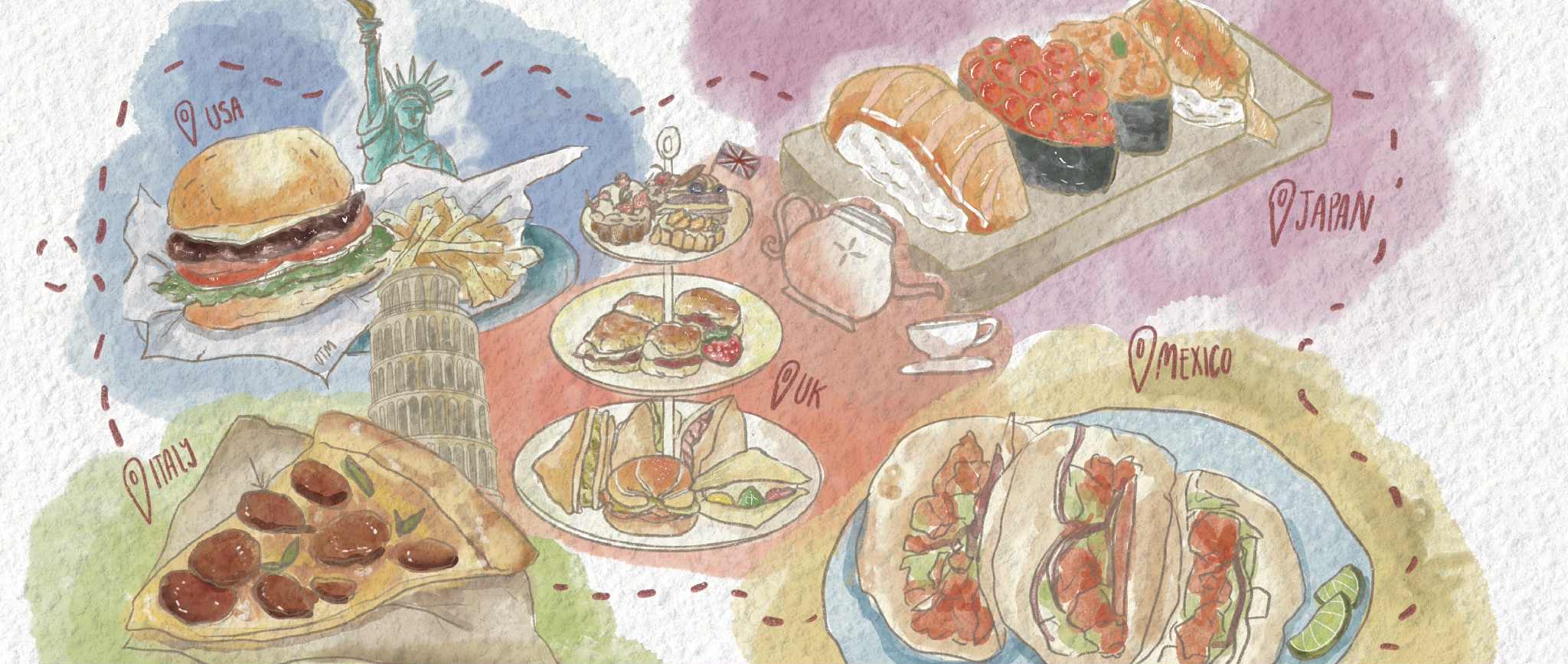Nestled only blocks from the shops and bars of State Street are the remnants of 18th century colonialism and Catholicism.
Spanish missionaries built the Old Mission Santa Barbara in 1786, making it the 10th mission constructed in California. Franciscan monks under the leadership of Padre Fermínde Francisco Lasuén de Arasqueta used the edifice as a base for converting the native Chumash population to Catholicism.
More than 200 years later, the mission is now a popular tourist attraction and cultural centerpiece in Santa Barbara. Every year the site hosts the I Madonnari Italian street painting festival, along with tour groups and parishioners.
An earthquake severely damaged the mission in June 1925, leading to a series of restorations throughout the course of the century. Mission porter Amy Foss said the old Spanish structure would likely stay standing during any future quake.
“Should another earthquake like that happen today, we should be fine,” Foss said. “The mission has been fully retrofitted with steel reinforced concrete.”
In addition to using the edifice for religious activities, 18th and 19th century missionaries used the structure for farming and livestock, often working in tandem with native Chumash Indians.
Spanish interaction with natives was often not peaceful, however. UCSB religious studies professor Ines Talamantez said Christian conversion efforts damaged the native culture of the indigenous people.
“It is a beautiful structure, but they don’t tell you the real history … the missions were connected to the bigger idea of colonization and the effort of Christians to convert the people,” Talamantez said. “Most people think it was just about taking away our theology, but the beliefs were connected to the earth.”
Santa Barbara is also home to another Spanish colonial structure, El Presidio. Founded in 1782, the structure was part of a chain of Spanish military bases along California’s coast.
The presidio, like the mission, has become a popular tourist attraction.
“It really is a beautiful place to visit,” Jim Truxaw, a first-year philosophy major said. “I decided to go when I first moved here, and I didn’t regret it. You can just feel the history happening around you as you walk around the grounds.”





















there are many tourists attractions to choose from, the only problem that we have is the money to spend to see most of them ~
well, there are so many tourist attractions that you find on asia and europe. i would really love to travel a lot “~~